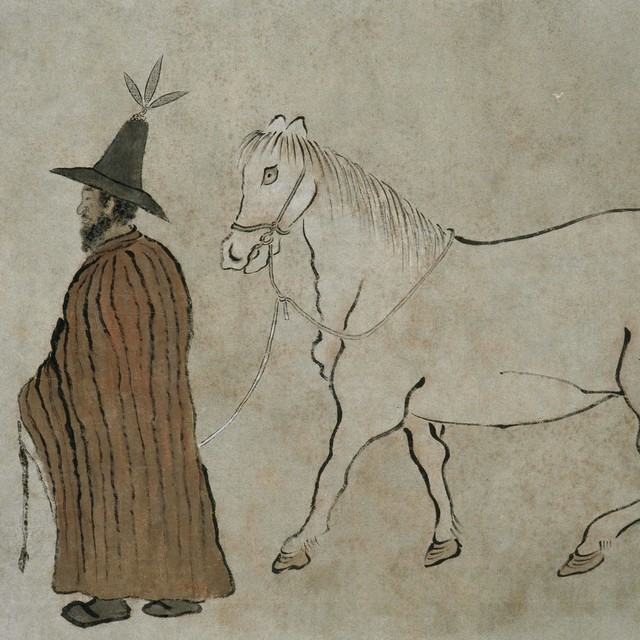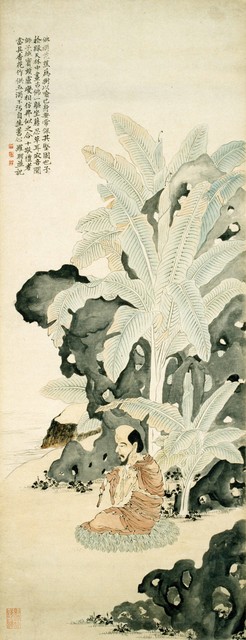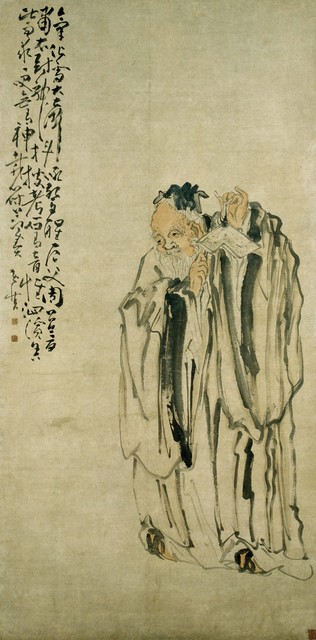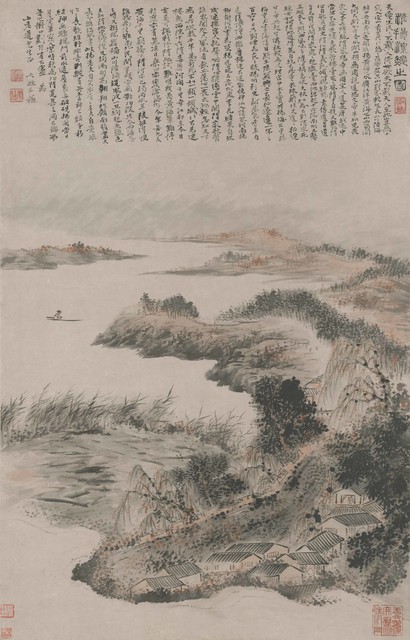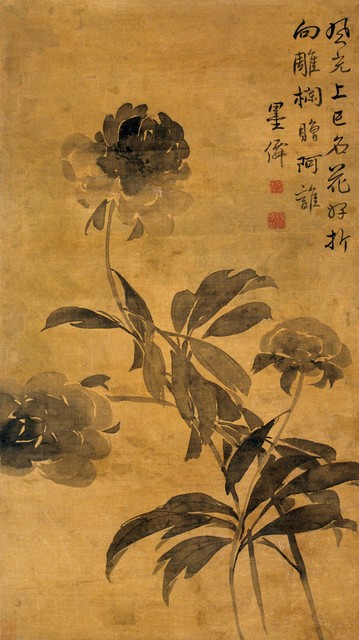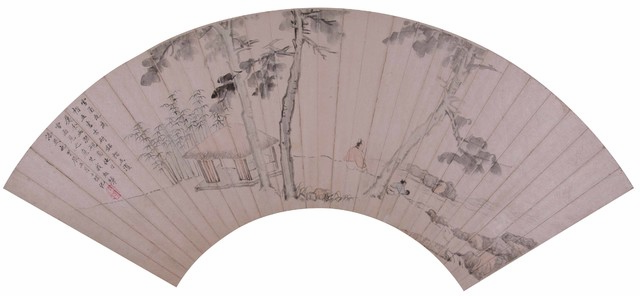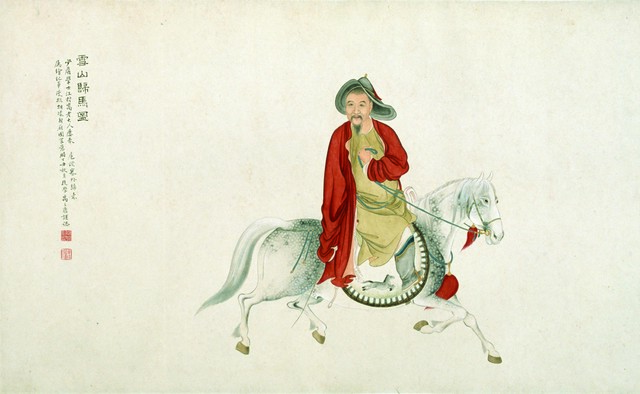Located in Lingnan border, as a coastal city, Shenzhen has been developing rapidly in the last 40 years. From Shekou, Luohu border, Chung Ying Street and Qianhai to Greater Bay Area and Demonstration Pilot Zone; from the "three-processing and one compensation" policy to the establishment of Huaqiangbei, Tencent and Huawei, Shenzhen already developed into a supercity which has GDP of more than trillions and population of over 10 millions. "Innovation", "Boldness", "Openness", "Inclusiveness" and "Pragmatism" are regarded as the most well-known and valuable urban qualities of Shenzhen. Serves as one of the core city of the Guangdong-Hong Kong-Macao Greater Bay Area, Shenzhen is dedicating to become a modern, international and innovative city.
Yangzhou, 300 years ago, "Huaiyang misty rain" was the symbol of wealth in Jiangnan region in 17th century. Water transportation and salt trade created a strong commercial and economic atmosphere in Huaiyang, and in the meanwhile, generated a cultural and artistic ecology dominated by merchants’ aesthetics. Due to the stimulation of commercial economy and frequent sponsorship of culture and art by businessmen, Yangzhou’s calligraphy and painting art presented a creative style and feature which broke the constrains of the traditional "literati painting" system. The art history of more 300 years which included the encounters of different art styles and artists, such as Cheng Sui, Shi Tao, Zha Shibiao, Yu Zhiding, Yuan Jiang and Yangzhou Eight Eccentrics, reflected the New Standard of the era that created the diversity and openness of Yangzhou's calligraphy and painting art. If culture and art could reflect the spiritual temperament of a city, the creativeness and diversity of Yangzhou’s art exactly showed the vigor and inclusiveness of Yangzhou.
300 years apart, Shenzhen and Hauiyang, two coastal cities located respectively in the south and north of China, both live near the water and have a prosperous commercial atmosphere and creativity of innovation and change. This time, by curating an exhibition of the painting art of Yangzhou in He Xiangning Art Museum, we create an intersection of time and space to help the audience of Jiangnan and Lingnan understand each other’s innovative character of the cities and to their respective cultural characters.

